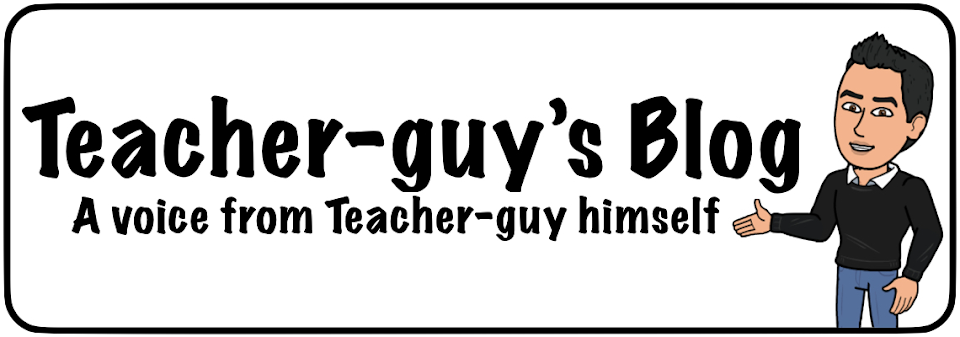Election Day is October 21st. The ability to vote allows citizens to express their opinion and choice on a variety of issues. Remember, voting is a constitutional right and privilege that every Canadian has. Ahead of Monday’s election take some time to familiarize yourself with the policies and promises of the main parties on this election's pressing issues so you can make an informed and educated decision as you participate in this democratic right. Every vote matters! Below is a summary of each party’s perspective and promises on Education.
Liberal
The Liberal party is committed to continuing to make education affordable by alleviating some of the financial pressures on students with:
- more generous Canada Student Grants giving full- and part-time students up to $1,200 more per year boosting the maximum to $4,200;
- more affordable and flexible student loans which will give students two years after graduation before they need to begin paying off their student loans, interest-free;
- a promise that the repayment of loans will not needed to begin until students make at least $35,000, and if their income ever falls below this level, their payments will be put on hold;
- new parents will be allowed to pause their student loan repayments, interest-free, until their youngest child reaches the age of five;
Conservative
The Conservative platform focuses on boosting the Registered Education Savings Plan (RESP) to help parents afford to send their children to post-secondary school. Their strategy is to:
- increase the government’s contribution to the RESP from 20 to 30% for every dollar invested up to $2,500 a year which would increase the government’s maximum contribution to $750 a year;
- increase the maximum lifetime government grant from $7,500 to $12,000 per child;
New Democrat Party
The NDP is focused on ensuring that every Canadian has lifelong access to publicly-funded education and feel that today too many Canadians are being denied access to education because of tuition costs. To achieve this goal they say they will:
- work with provinces and territories to put a cap on and reduce tuitions;
- work towards making post-secondary education part of our public education system eliminating the barrier of cost to education;
- follow the lead of 5 provinces that have eliminated interest rates on student loans and eliminate federal interest rates on student loans;
- put more money into non-repayable Canada Student Grants;
- implement a national school nutrition program;
Green Party
Greens are committed to making education accessible to all and intend on achieving this commitment by:
- eliminating university and college tuition for all Canadian students;
- allocating $10 billion to post-secondary and trade school supports;
- forgiving any existing student debt that is held by the federal government;
- making sure all Indigenous students have access to post-secondary education while expanding curriculum on Indigenous education;
- boost funding for training new immigrants in English and French;
- supports a national school lunch program;
While I strongly support the notion that education should be accessible to all is the vision of the NDP and Green Party really realistic? Eliminating tuition, making post-secondary education part of the public system and forgiving the federal interests will have to come at a significant cost. Are we as a nation prepared to absorb that? The Conservatives’ approach of focusing on the RESP and increasing government contributions will be helpful to those who can afford to save for their children’s education with an RESP but doesn’t offer any support to those who cannot. The Liberals offer a pragmatic approach by offering increased flexibility around student loan repayment structures and, like the NDP, electing to improve Canadian Student Grants as a means to helping to make education most affordable for Canadians.
What are the issues that matter most to you? Which party platform speaks best to matters to you as a Canadian? Comment in the appropriate section below.
Sources:



